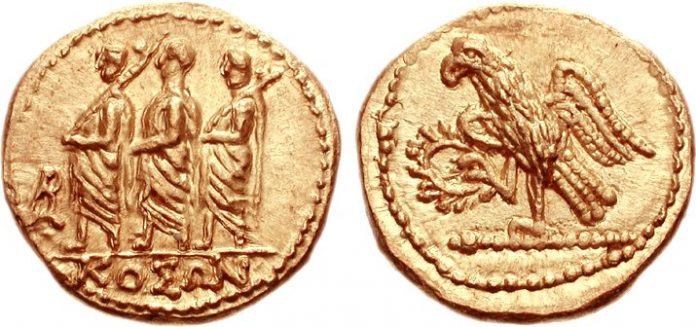
An archaeology enthusiast has stumbled on a collection of coins from the 16th century, Radio Cluj reported.
Cristian Marincas made the accidental find in September 2020 when he was out with his metal detector in the village of Santa Maria, which is in the county of Zalau, an unpopulated area in Transylvania in northwest Romania.
After unearthing six ancient coins, he informed local authorities of his discovery and gave them the precise location for the coins, the Zalau County Museum of History and Art said.
Horea Pop, who heads the Scientific Research Department and Emanoil Pripon, a researcher specialized in coin restoration headed to the spot and found a further 30 coins dating from 1551-1599 which had been minted in Poland, Lithuania in the capital Riga, and Hungary, Salajeanul.ro reported.
The coins bore the images of five kings: Sigismund I August, Sigismund III, Stefan Bathóry (the king of Poland), Ferdinand I and Rudolf II.
All the coins were made from silver. Twenty-seven were three-groschen coins, while five were one-dinar coins.
Amateur archaeologists find medieval coins quite regularly in Romania, where many rural areas have been left untouched for centuries.
From 1570 to 1711, Transylvania was a semi-independent state, ruled primarily by Hungarian princes.
The museum did an inventory of the coins, noting where they were issued, the name of the issuer, the name of the engraver, the year of issue and the value of each coin.
“During the archaeological research, there was no indication that the treasure was stored in a ceramic or metal container. Most likely, the treasure was originally (placed) in a leather or canvas bag, materials that did not stand the test of time,” the museum also said.



















